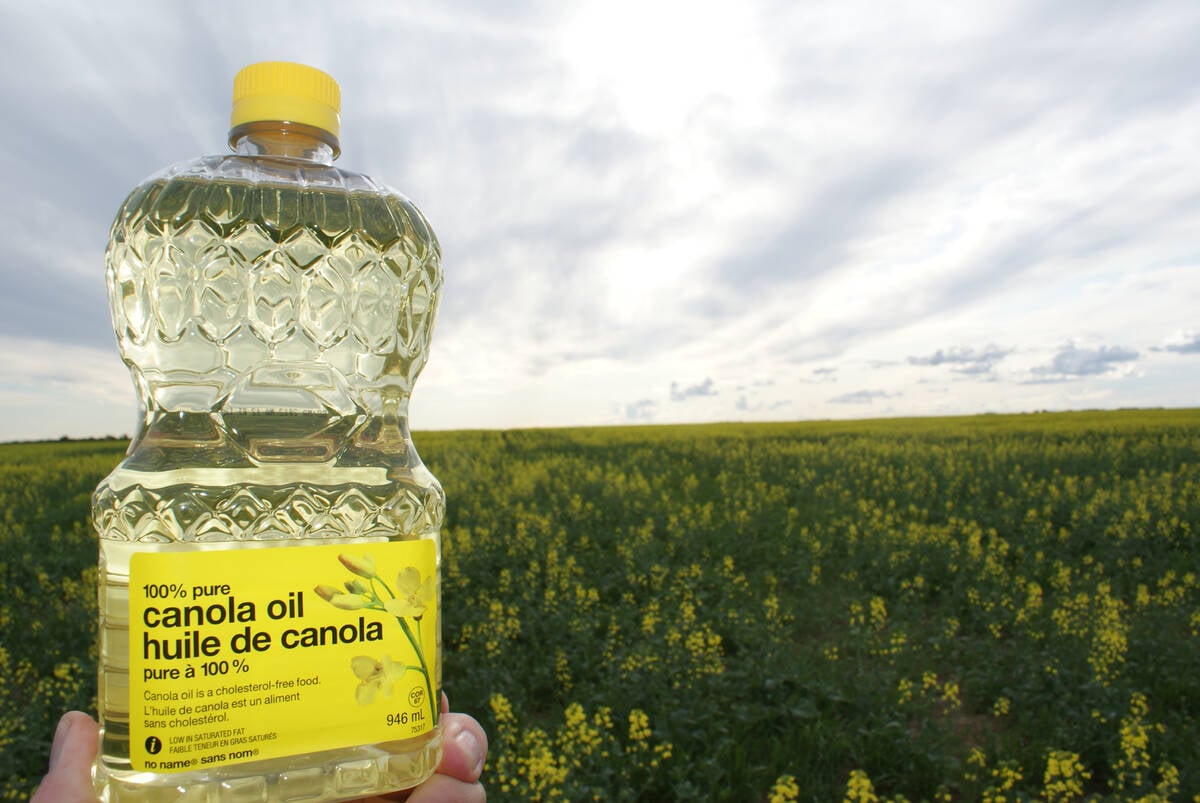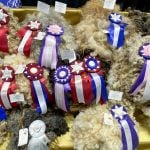SWIFT CURRENT, Sask. — Hay yields in Saskatchewan are declining while cattle numbers are increasing, and that concerns Paul Jefferson of the Western Beef Development Centre.
The centre’s vice-president of operations told the Saskatchewan Stock Growers Association annual meeting that falling hay yields affect producers’ competitiveness.
The data shows that the decrease has occurred slowly since 1973, including several years of drought and several years of good rainfall. A significant drop occurred between the mid-1980s and the 1990s.
“We have made a change in the way we have managed our hay systems in this province,” Jefferson said.
Read Also

Rising vegetable oil demand may offset bad biofuel news
Global biodiesel/renewable diesel production is expected to decline for the first time in a decade. Bad timing for a canola industry looking for new markets.
However, he is stumped as to what exactly that change was, and he is having trouble finding the money to do the required research.
“I’m a little concerned that beef producers aren’t paying attention to this,” he said.
Producers, overwhelmed by BSE and the resulting low prices, are just now enjoying better markets.
Competitiveness on the feeding side is largely focused on rising corn and barley prices, but forages don’t get the same attention.
Jefferson has looked at what might be causing lower hay yields since 2003.
“We’ve looked at weather and climate change,” he said. “We’ve looked at fertilizer.”
Jefferson has narrowed his focus to economic variables and water use efficiency, which is the yield in kilograms of hay per hectare per millimetre of rainfall.
The water use efficiency was 26 kg/ ha/mm between 1980 and 1988.
“Then we went through about a 10 or 11 year period where the five-year running average steadily declined and now we’re operating at about 16,” Jefferson said. “That’s a 40 percent reduction in our water use efficiency for hay.”
The drop came at a time when the cow herd was growing, land values were declining, zero-till technology was being rapidly adopted and summerfallow was shrinking.
The expansion was built on land that was fairly inexpensive, Jefferson theorizes.
“It was actually more economical for producers to expand their cow herds by buying land, and particularly grassland or marginal crop land, and converting it to permanent cover,” he said.
Hay acreage is about four times larger than it was 25 years ago.
“What we did instead of putting fertilizer to existing hay stands or really getting into intensive management to produce more feed per acre, we’ve expanded our hay land base and this has actually been associated with this decline in water use efficiency,” Jefferson said.
Producers likely haven’t rotated out their hay fields to restore and reseed them, but no statistics are available to prove this.
Jefferson worries that producers aren’t thinking about the next dry cycle as long as hay is abundant during these wetter years.
“People are gong to be a little shocked that the hay stands they’re counting on are not as productive,” he said.
The availability of forage resources is an unknown as producers retain heifers and the herd starts to build.
Jefferson said he has unsuccessfully applied three times to the provincial Agriculture Development Fund for research funds to look at declining hay yields.
However, he also said producers must focus on the basic building blocks of their herds.
“Let’s not let important things slip away while we’re really busy chasing BSE, market access, biosecurity or animal diseases.”















